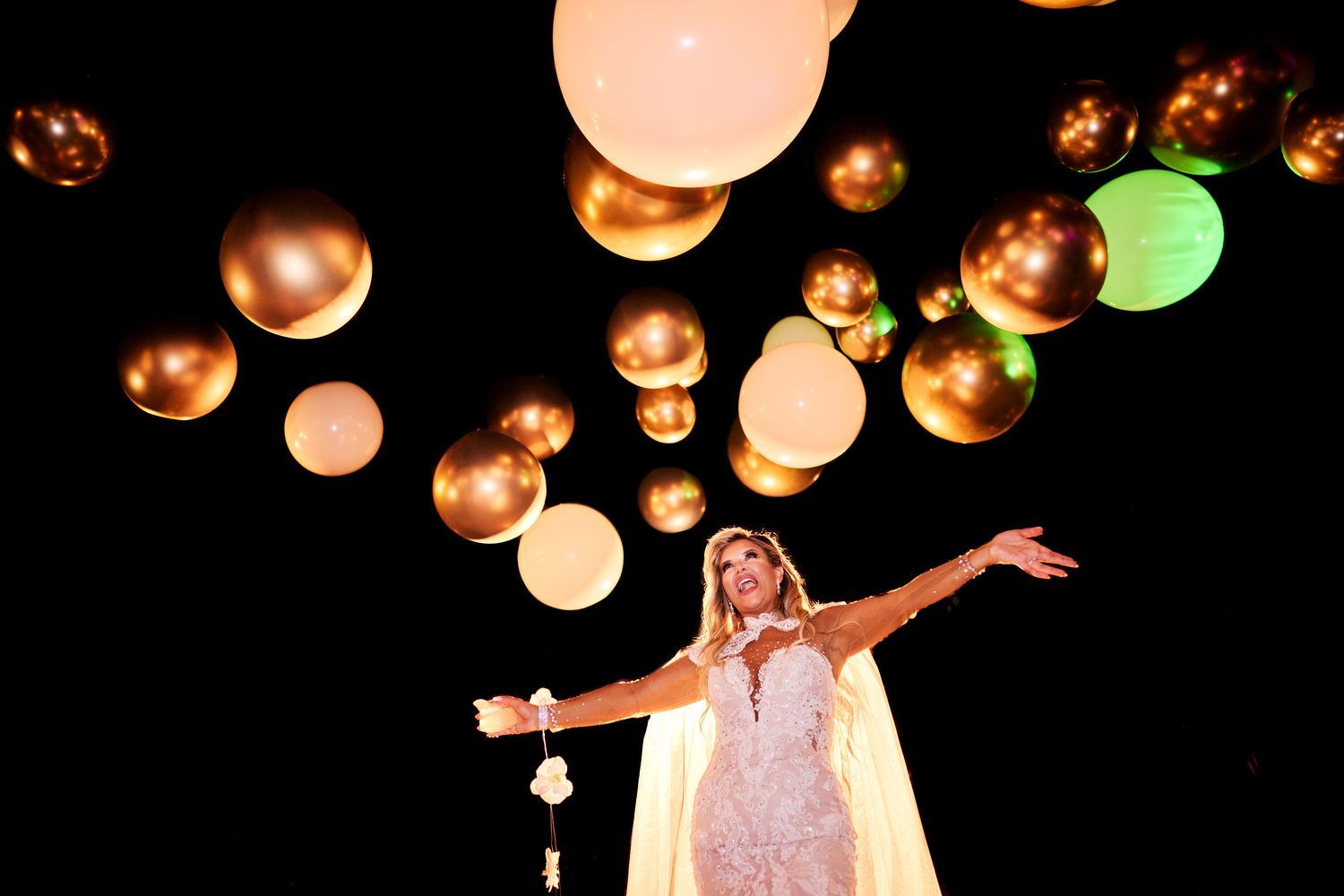When I first heard of this Sony 16-35mm f/4 lens with power zoom, I looked at it as a gimmick feature. But after actually getting to use the lens, I think people are really going to love this lens.
In terms of lens design, this is a 16-35mm zoom lens that maintains a constant f/4 throughout the zoom range. The great thing. though. is that all the zooming functions are done through XD-Liniar motors tied to optics inside the lens. This means that when you turn the zoom ring on the lens, you aren't actually controlling any sort of mechanical elements like you are probably used to with other zoom lenses. Instead, you will get a sort of focus-by-wire feel that most Sony users will understand. That's because the quick and silent motors that are controlling the zooming function are the same motors that Sony uses in order to deliver such fast and accurate autofocus.

One great thing that I love about this zoom lens is that when you do adjust the zoom, all the moving elements are located inside the lens. This means that the lens won't get bigger as you zoom.
In terms of zooming functions, you can actually control the zoom of this lens in a multitude of different ways. Not only can you use the traditional zoom ring on the lens, but you can use the cocker on the side of the lens, program custom buttons to control things, and use remote controls. If you have a camera like the Sony FX3, you can also use the zoom rocker near the shutter button.

Now, as someone that primarily does photography, I was a little confused as to why anyone would want or need a power zoom lens and why you’d want so many ways to control that zoom. But after diving in and using the lens, I found out that there are some cool things you can do with this feature. The main thing is the ability to do dolly zooms.
If you are unfamiliar, this film effect is when the camera either zooms in or out while the camera moves. So, if you zoom out from 35mm to 16mm while moving the camera closer to your subject, you can get a cool effect where the subject remains the same size in the frame, but the angle of view changes. Normally, this effect needs special equipment and more than one person to pull off (one person in charge of moving the camera with another in charge of getting a clean and consistent zoom). But with the power zoom, even I, as a very unskilled video shooter, was able to pull off a dolly zoom. Add in that I did mine handheld, and you'll be able to quickly realize that anyone with even a simple slider could get some great results.
Outside of the power zoom feature, the lens also hosts an amazing assortment of tools, including a programmable button on the lens, de-clicking aperture switch, iris lock, MF/AF switch, and even an aperture ring. And as most people know, having an aperture ring on a zoom lens is fairly uncommon, but with this ring, filmmakers have the ability to change the aperture mid-recording in order to achieve some interesting depth of field effects. For example, you could start with a narrow aperture to show an entire scene and then make the depth of field more narrow to draw focus to a certain person or object.
With this lens, Sony also took special care to keep any focus breathing under control. So, you won't have to worry about any distracting lens characteristics getting in the way. The lens will also maintain sharp focus when changing focal length. So, if you change from 16mm to 35mm, you won't have to refocus so long as the camera hasn't moved.


As you have probably noticed already, this lens is primarily aimed at video shooters, but even as a photo lens, it's no slouch. It has fast and accurate autofocus, and the small and compact size makes it great for a walkaround lens. As someone that almost always uses fast prime lenses, I did find the f/4 aperture a little limiting. But if you love your zoom lenses, the jump from an f/2.8 lens to an f/4 may not be that big of a deal-breaker, especially if you tend to shoot in situations that have more available light.

For me and my general work, I would still lean towards a faster prime lens. But for things like a wedding reception, I think this lens would be amazing. The 16-35mm range is great for a dance floor. and since I’m already adding my own light, it would be easy to compensate for the smaller aperture. Plus. having a smaller and lighter lens on the dance floor would be a huge benefit, one for not being in the way as much, but two, it would be easier on the arms when holding for multiple hours in a row.

What I Liked
- Smallest and lightest 16-35mm f/4 lens on the market.
- Power zoom is super useful for video.
- Aperture ring: I wish all lenses had them.
What I Didn't Like
- f/4 is a bit limiting for my style of shooting, but that's not really a fault of the lens.
- I wish you could see the focal length on the lens rather than needing to look at the screen or EVF.
Conclusion
At the end of the day, this is a very capable lens. If you have thought about getting a 16-35mm lens, the 16-35mm f/4 Power Zoom should be high on the list of candidates. It's more feature-rich and cheaper than the 16-35mm f/4 CZ and is cheaper and smaller than the 16-35mm f/2.8 GM. The power zoom and aperture ring also unlock tools you may not be able to achieve with any other comparable lens, making it quite a powerful creative tool.





